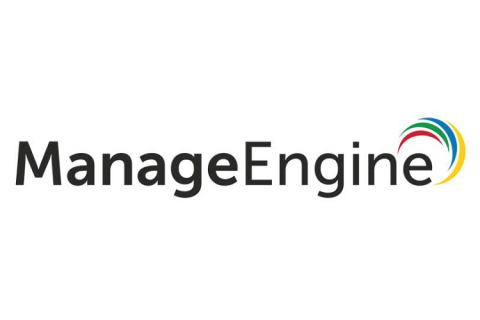New Contact Tracing App and Health Screening Features Help Bring Employees Back to the Workplace Safely
Uber, Coca Cola European Partners, State of North Carolina, BankUnited, and AmeriGas Using ServiceNow Safe Workplace Apps to Make Returning to Work, Work for Everyone In only four weeks since the initial release of ServiceNow’s Safe Workplace apps, close to 400 customers worldwide have implemented over 1,600 app installations to manage the safe return of their employees.










